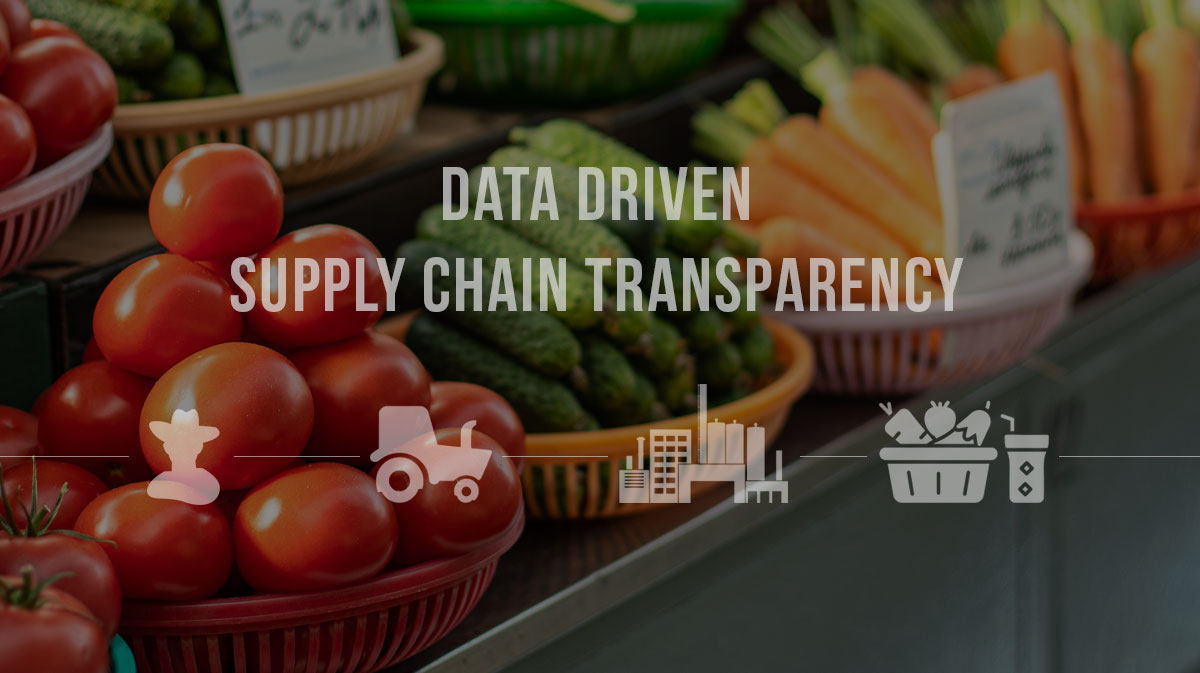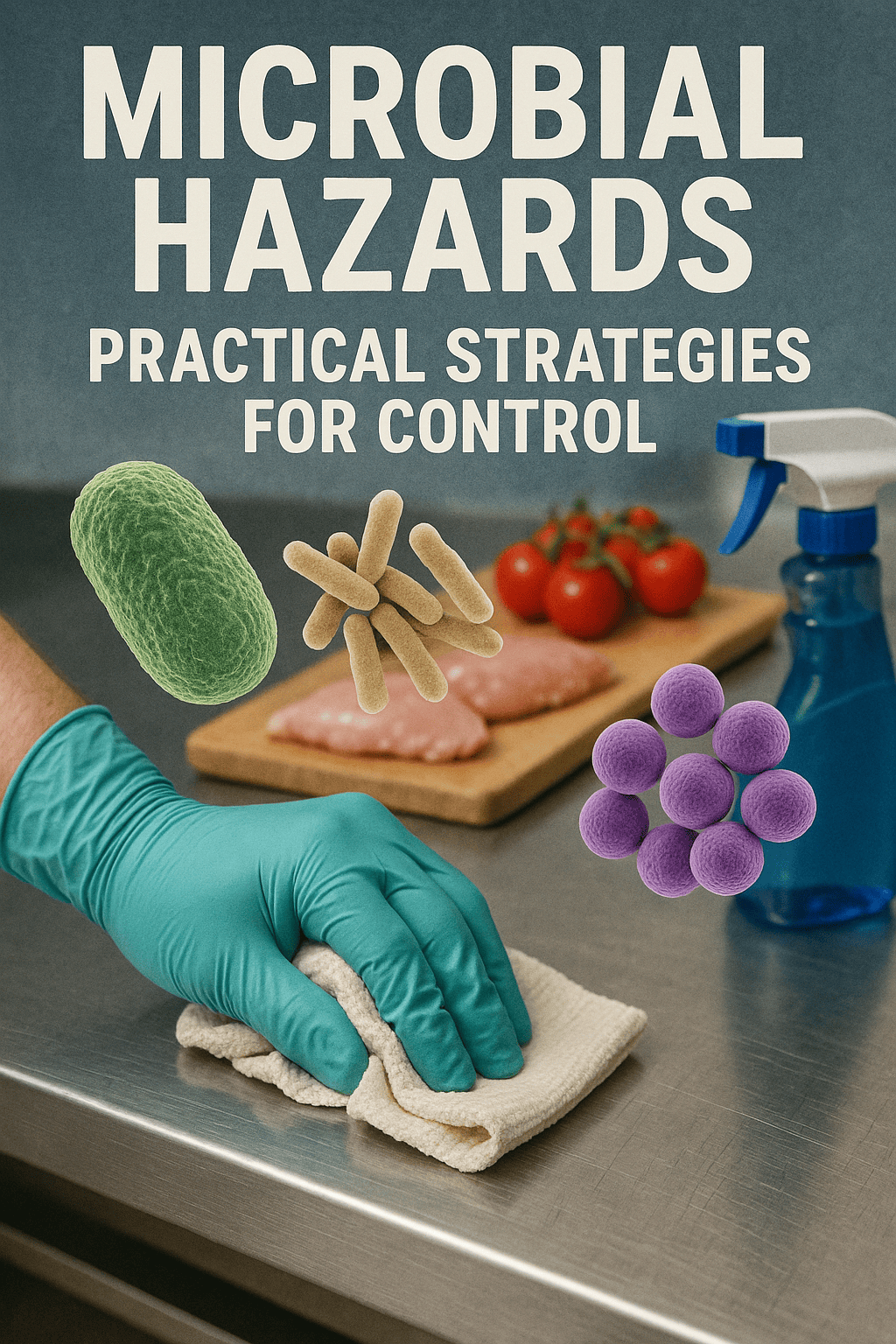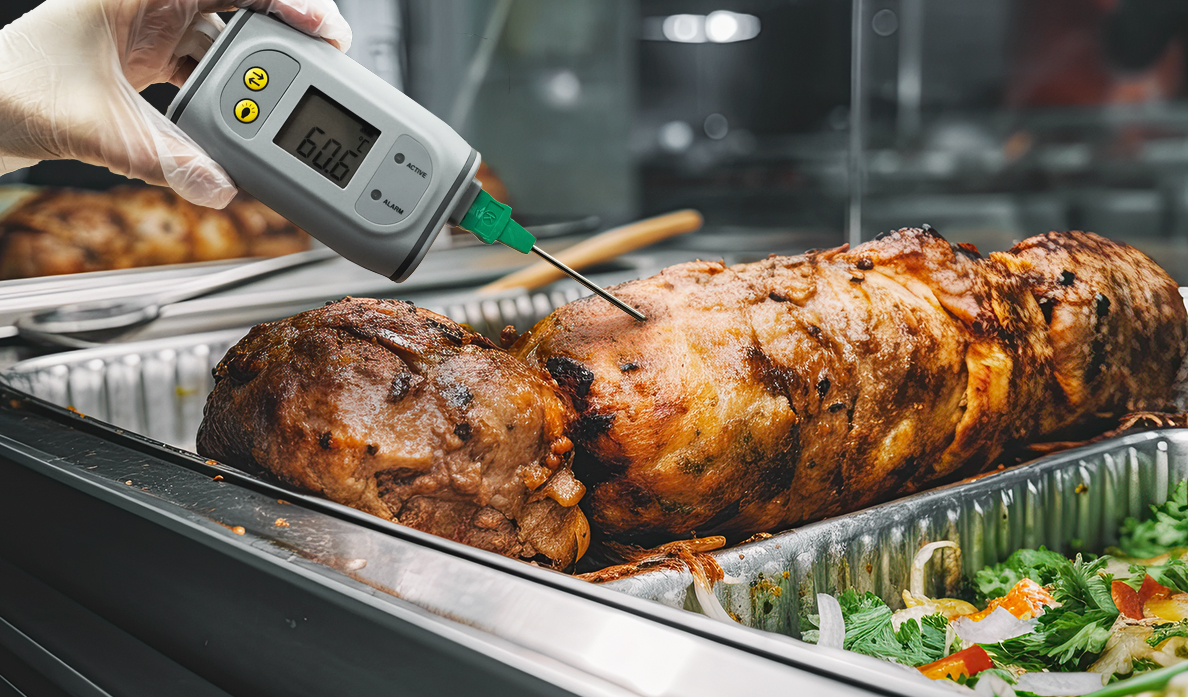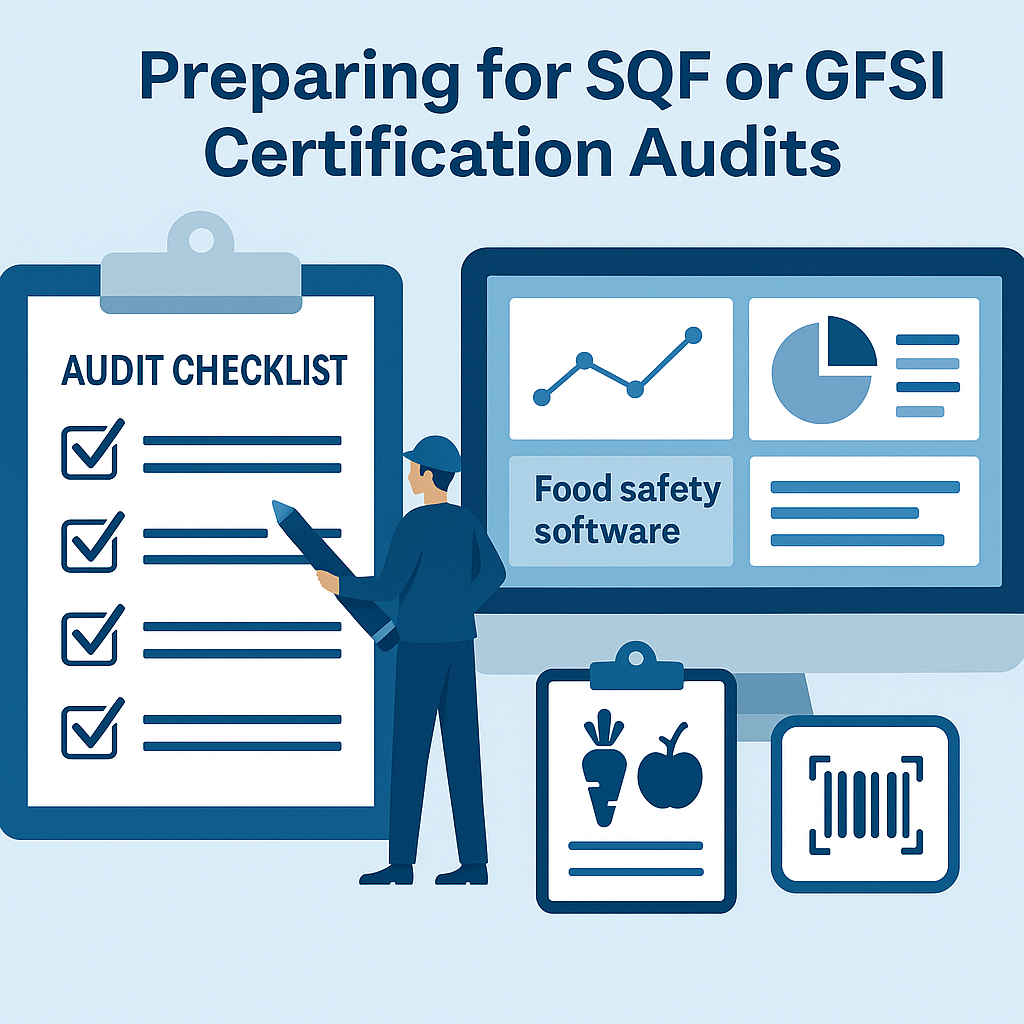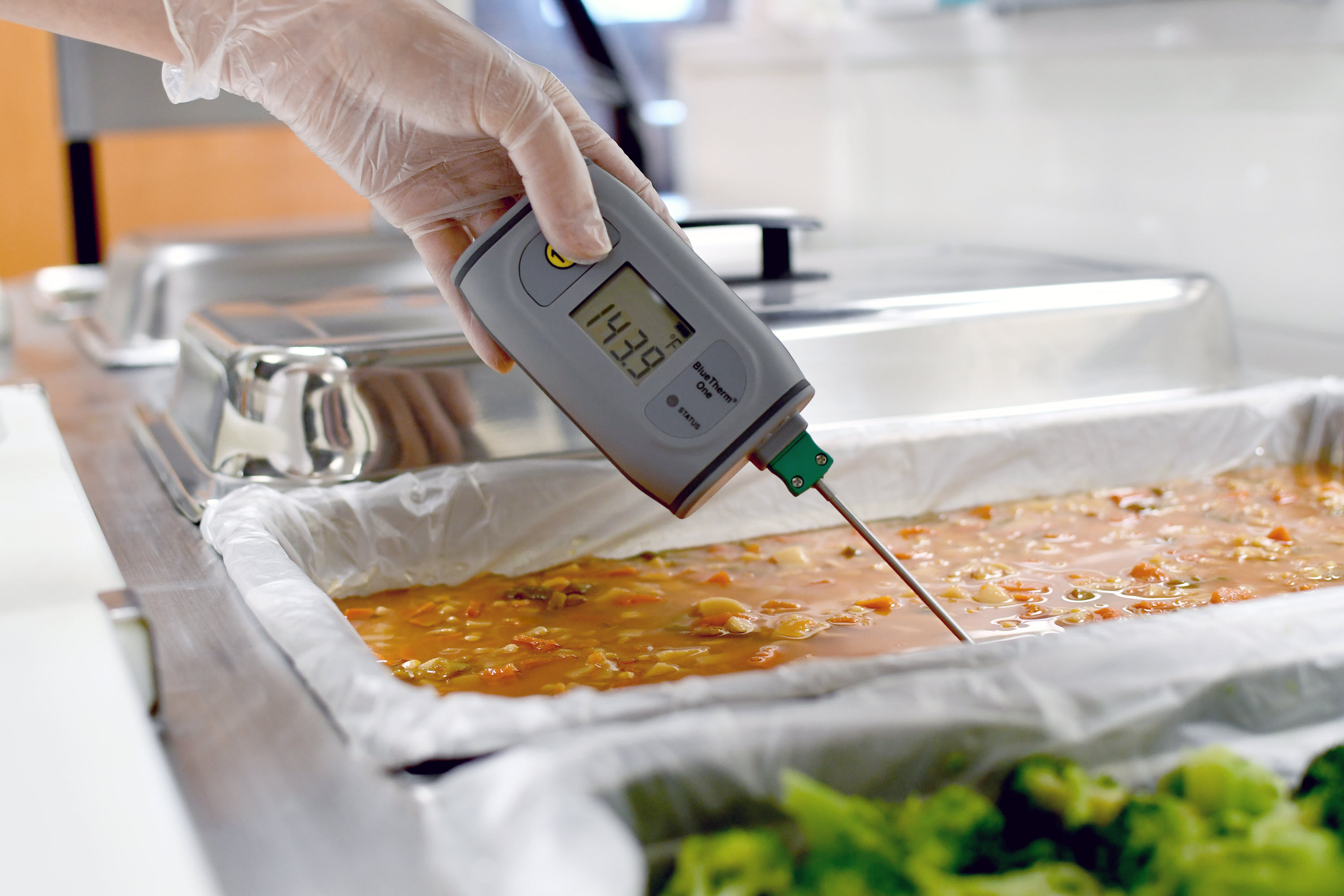In the food industry, ensuring safety, quality, and compliance is paramount. Among the myriad of operational components that contribute to food safety, inventory management often plays an unsung yet critical role. Effective inventory management isn’t just about optimizing stock levels; it’s about enhancing food traceability, preventing contamination, reducing waste, and ensuring compliance with regulatory standards. For food safety professionals and C-level executives, streamlining inventory management is more than a cost-saving measure; it’s a strategic initiative that protects public health and brand reputation.
In this article, we will explore the importance of smart inventory management in food safety, outline best practices, and provide a step-by-step guide for implementation. We’ll also highlight the role of food safety software and traceability systems in achieving these goals.
The Importance of Smarter Inventory Management in Food Safety
Inventory management in the food industry extends beyond maintaining adequate stock levels. Here are some key reasons why smarter inventory management is crucial for food safety:
1. Preventing Contamination and Cross-Contamination
Improper inventory handling and storage can lead to contamination or cross-contamination, jeopardizing the safety of food products. For instance, storing allergen-containing products alongside allergen-free products without proper segregation can result in unintended exposure.
2. Enhancing Food Traceability
When food safety issues arise, rapid traceability is essential to mitigate risks. Efficient inventory systems enable businesses to quickly identify and isolate affected products, ensuring timely recalls and minimizing damage to consumers and the brand.
3. Reducing Food Waste
Poor inventory management often leads to overstocking or underutilization of products. This not only results in financial losses but also increases the risk of expired or spoiled products entering the supply chain.
4. Regulatory Compliance
Food safety regulations, such as the FDA’s Food Safety Modernization Act (FSMA) or the Canadian Food Inspection Agency (CFIA) guidelines, emphasize accurate record-keeping and traceability. Smart inventory management ensures compliance with these standards, protecting businesses from penalties and legal actions.
Best Practices for Smarter Inventory Management
To streamline food safety through inventory management, businesses should adopt the following best practices:
1. Implement a Food Traceability Software
Traceability software is indispensable for managing inventory in the food industry. It provides end-to-end visibility into the supply chain, enabling businesses to track products from suppliers to end consumers. With advanced features like batch tracking, expiration alerts, and automated reporting, traceability systems ensure both efficiency and compliance.
2. Adopt the FIFO (First In, First Out) Method
The FIFO principle ensures that older inventory is used before newer stock, minimizing the risk of expired products. Proper labeling and systematic shelving are critical to implementing this practice effectively.
3. Regularly Audit Inventory
Frequent inventory audits help identify discrepancies, prevent stock shortages, and reduce the risk of expired or spoiled products. These audits also provide an opportunity to reassess storage conditions and organizational practices.
4. Utilize Temperature Monitoring Systems
For perishable goods, maintaining proper temperature conditions is essential. Integrated monitoring systems can alert teams to temperature fluctuations in real time, preventing spoilage and ensuring product safety.
5. Train Staff on Food Safety Protocols
Employees play a significant role in maintaining food safety standards. Regular training on inventory handling, storage protocols, and the use of inventory management tools is essential.
6. Leverage Predictive Analytics
Advanced inventory management systems equipped with AI and machine learning can predict demand patterns, helping businesses maintain optimal stock levels while minimizing waste.
Step-by-Step Approach to Streamlining Inventory Management for Food Safety
Here is a comprehensive step-by-step guide to help businesses optimize their inventory management processes:
Step 1: Conduct a Comprehensive Inventory Assessment
Objective: Understand the current state of your inventory management processes.
-
Identify all inventory items, including raw materials, semi-finished goods, and finished products.
-
Map out storage areas and assess storage conditions (e.g., temperature, humidity).
-
Evaluate current practices for tracking and recording inventory.
-
Document gaps in compliance, traceability, and efficiency.
Step 2: Define Food Safety Objectives
Objective: Establish clear goals to align inventory management with food safety priorities.
-
Set specific objectives, such as reducing spoilage rates, improving traceability, or achieving regulatory compliance.
-
Identify key performance indicators (KPIs) to measure progress (e.g., inventory turnover rate, time to trace a product).
-
Engage stakeholders, including food safety professionals, operations managers, and C-level executives, to align on objectives.
Step 3: Choose the Right Technology
Objective: Select and implement tools that enhance inventory management.
-
Evaluate food safety software that offers inventory tracking, batch management, and real-time reporting. For example, NORMEX’s food safety software provides robust solutions for traceability and compliance.
-
Look for systems that integrate with existing ERP or supply chain software.
-
Ensure the software is user-friendly and scalable to accommodate future growth.
Pro Tip: To explore how food safety software can transform your inventory management, schedule a free demo here: NORMEX Demo.
Step 4: Standardize Inventory Processes
Objective: Develop and enforce standardized protocols for inventory management.
-
Create clear procedures for receiving, storing, and dispatching inventory.
-
Implement labeling standards, including information on allergens, batch numbers, and expiration dates.
-
Ensure proper segregation of products to prevent contamination.
Step 5: Train Your Team
Objective: Equip employees with the knowledge and skills to execute inventory protocols.
-
Conduct regular training sessions on food safety, inventory handling, and software usage.
-
Use real-life scenarios to demonstrate the consequences of poor inventory practices.
-
Develop a culture of accountability by emphasizing the importance of accurate record-keeping.
Step 6: Monitor and Optimize Storage Conditions
Objective: Ensure inventory is stored under optimal conditions to maintain quality and safety.
-
Install temperature and humidity sensors in storage areas.
-
Use automated alerts to detect deviations and take corrective actions.
-
Regularly inspect storage facilities to ensure compliance with safety standards.
Step 7: Conduct Regular Audits and Reviews
Objective: Continuously improve inventory management practices.
-
Schedule routine audits to verify stock levels, check for expired products, and identify inefficiencies.
-
Use audit findings to update protocols and training materials.
-
Monitor KPIs and adjust strategies based on performance data.
Examples of Smarter Inventory Management in Action
Example 1: Preventing Contamination
A bakery implemented a food safety software to track allergens throughout its production process. By using batch tracking and proper labeling, the company ensured that allergen-containing ingredients were segregated from allergen-free products. This reduced the risk of cross-contamination and enhanced consumer trust.
Example 2: Enhancing Traceability
A meat processing plant faced a recall due to contamination. Thanks to its traceability software, the company quickly identified and isolated the affected batches within hours, minimizing the recall’s impact on consumers and the brand.
Example 3: Reducing Waste
A frozen food manufacturer adopted predictive analytics to forecast demand accurately. By aligning production and inventory levels with market trends, the company reduced spoilage by 20% and saved $100,000 annually.
The Role of Food Safety Software in Streamlining Inventory Management
Food safety software serves as a powerful tool to address the complexities of inventory management. Here are some key benefits:
1. Automated Tracking
Food safety software automates the tracking of inventory throughout the supply chain, reducing the risk of human error and improving efficiency.
2. Real-Time Insights
With real-time data on stock levels, expiration dates, and storage conditions, businesses can make informed decisions to prevent waste and ensure safety.
3. Compliance Management
The software simplifies compliance by generating automated reports and maintaining detailed records required by regulatory authorities.
4. Integration with IoT
Many food safety systems integrate with IoT devices, such as temperature sensors, to provide continuous monitoring and alerts.
5. Scalability
Whether you operate a small business or a global enterprise, food safety software can scale to meet your needs, adapting to changes in inventory volume or complexity.
Final Thoughts
Smart inventory management is a cornerstone of food safety. By adopting best practices and leveraging advanced tools like food safety software, businesses can enhance traceability, prevent contamination, reduce waste, and ensure compliance with regulatory standards. For food safety professionals and C-level executives, these improvements translate into not only operational efficiency but also greater consumer trust and brand value.
Ready to see how food safety software can revolutionize your inventory management? Schedule a free demo today: NORMEX Demo.
By implementing the steps and strategies outlined in this article, your business will be well-positioned to lead in both food safety and operational excellence.



